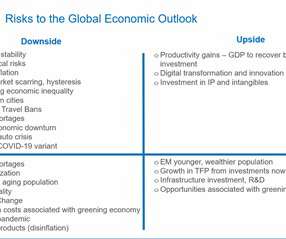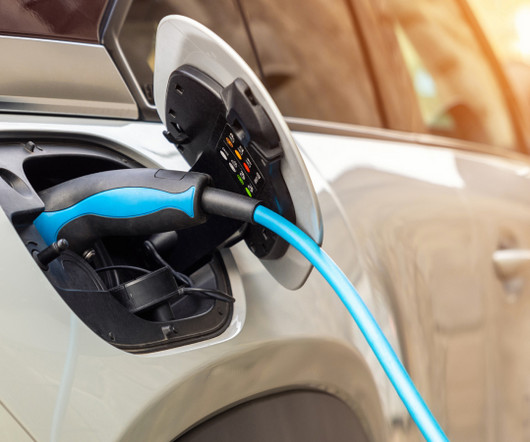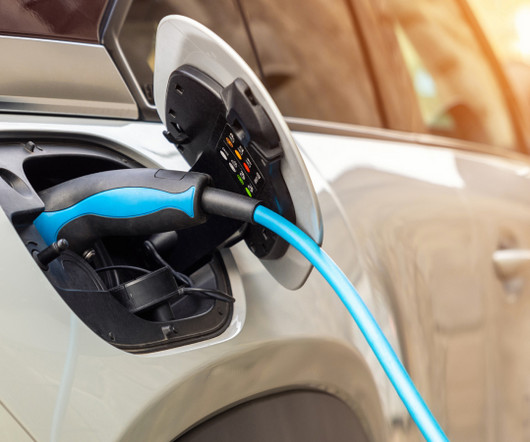Key trends in the vitamin and supplement industry: 2021 report
Unleashed
JANUARY 18, 2021
Typical firms will use nutraceutical software to support their own manufacturing, or to manage the process via contract manufacturers – handling purchasing, distribution, and sales and marketing in-house. Rising costs, increased competition, pressure on profits and regulatory burdens will continue to create a drag on growth, however.

















Let's personalize your content